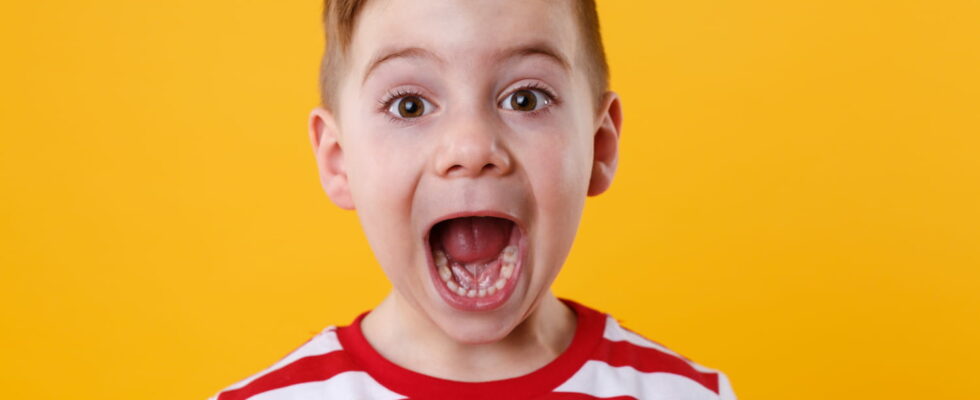Many people are afraid of spiders, snakes or mice. But even more of us suffer from a phobia that can seem irrational to certain humans.
A familiar figure stands before you. A white face, a red nose, a frozen smile. However, far from arousing laughter, this image provokes deep anxiety. Because, at the mention or vision of a clown, some people are seized with uncontrolled fear, which can result in numerous physical and emotional symptoms such as screams, crying, discomfort, excessive sweating, difficulty breathing, increased heart rate, or even a panic attack…
Coulrophobia, or fear of clowns, is a widespread phobia, affecting a significant portion of the population, to the point of ending up as the central subject of many horror films. According to a survey published in The Conversation, more than half of those surveyed (53.5%) said they were afraid of clowns, at least to some extent, and 5% of them said they were “extremely fear”.
This aversion may seem paradoxical, because the clown is traditionally associated with entertainment and joy, with his zany demeanor and his funny jokes. However, several factors contribute to this fear. This could initially be explained by the physical appearance of the clowns, whose features distorted by makeup cause anxiety.
This is the phenomenon of the “uncanny valley” (uncanny valley), theorized by Masahiro Mori in the 1970s and which refers to the feeling of unease that we develop when faced with artifacts resembling human beings, such as a mechanical hand, dolls, puppets, etc. Additionally, clowns’ makeup conceals emotional signals and creates uncertainty, especially since they are known for unpredictable behavior.
But the negative representation of clowns in popular culture amplifies this unease. Works like That by Stephen King – and the films that followed – or DC Comics’ Joker, featuring evil clowns, anchored the image of the sinister clown in the collective imagination. More recently, Art the Clown, from the franchise Terrifyalso frightened and fascinated the crowds.
News items, such as the crimes of John Wayne Gacy – known as “Killer Clown” in reference to the “Pogo the Clown” costume that the American wore to entertain children in hospitals – also contributed to this frightening perception. In 2014, fake clowns called “creepy clowns” by the press also caused panic in France for several weeks, walking around the streets equipped with weapons.
Thus, behind the smiling mask of the clown can hide a source of anxiety for many. Understanding the mechanisms of this fear allows us to better understand it and demystify a figure which, although intended to entertain, often arouses fear. For those who suffer extremely from this phobia, it is recommended to consult a mental health professional to explore the root causes of this fear and work to overcome it.
